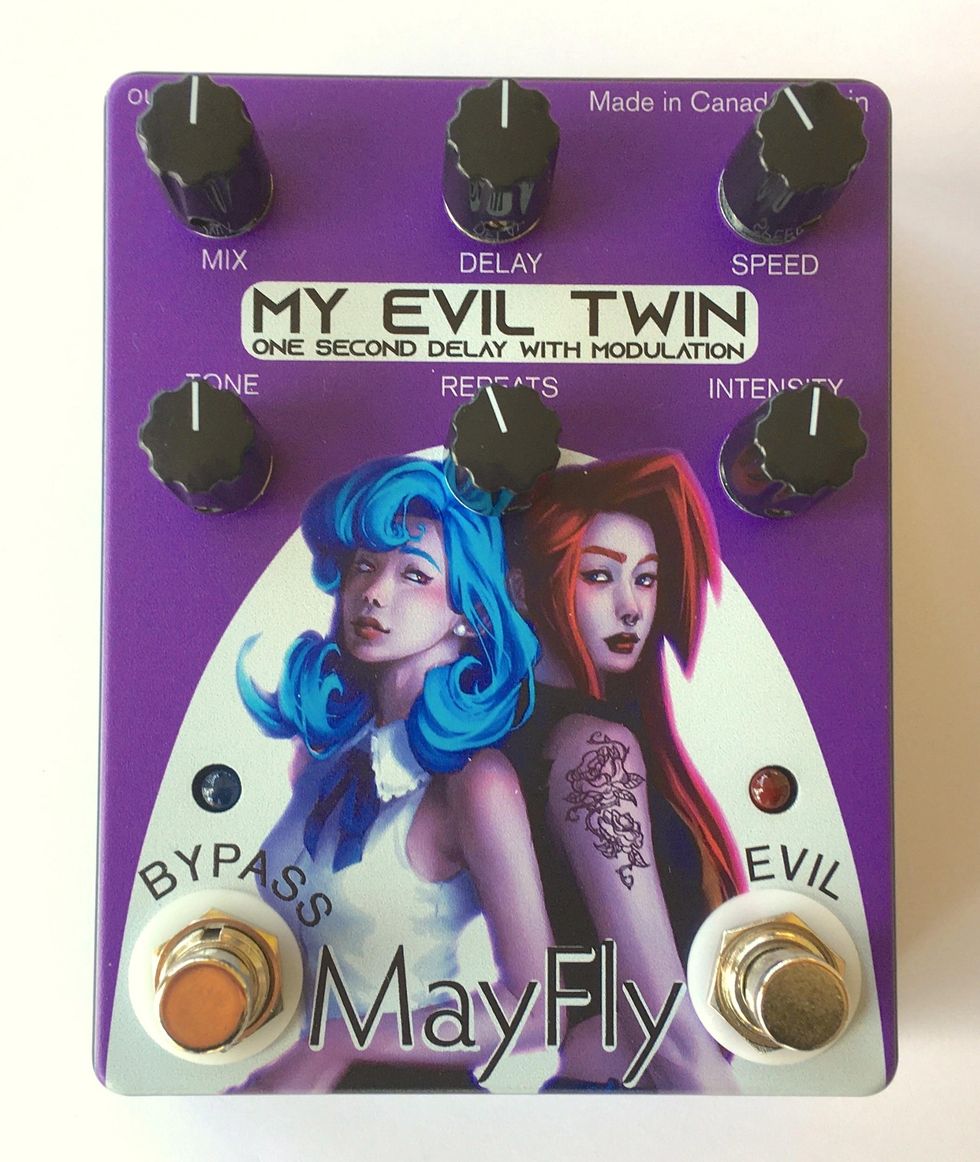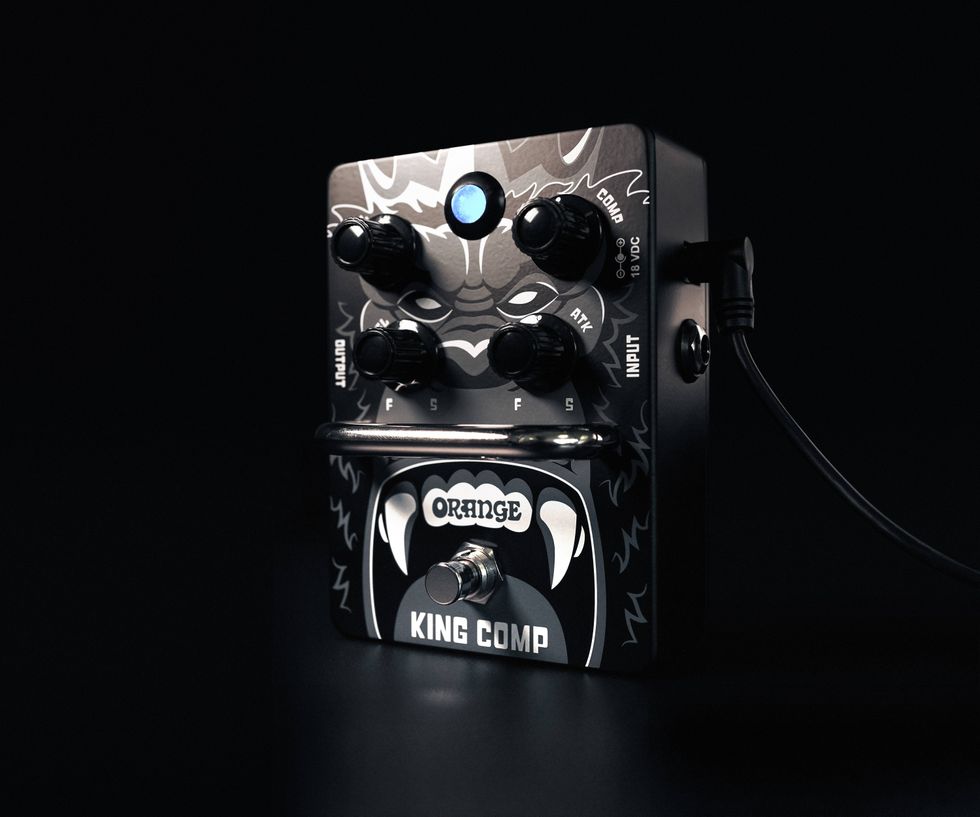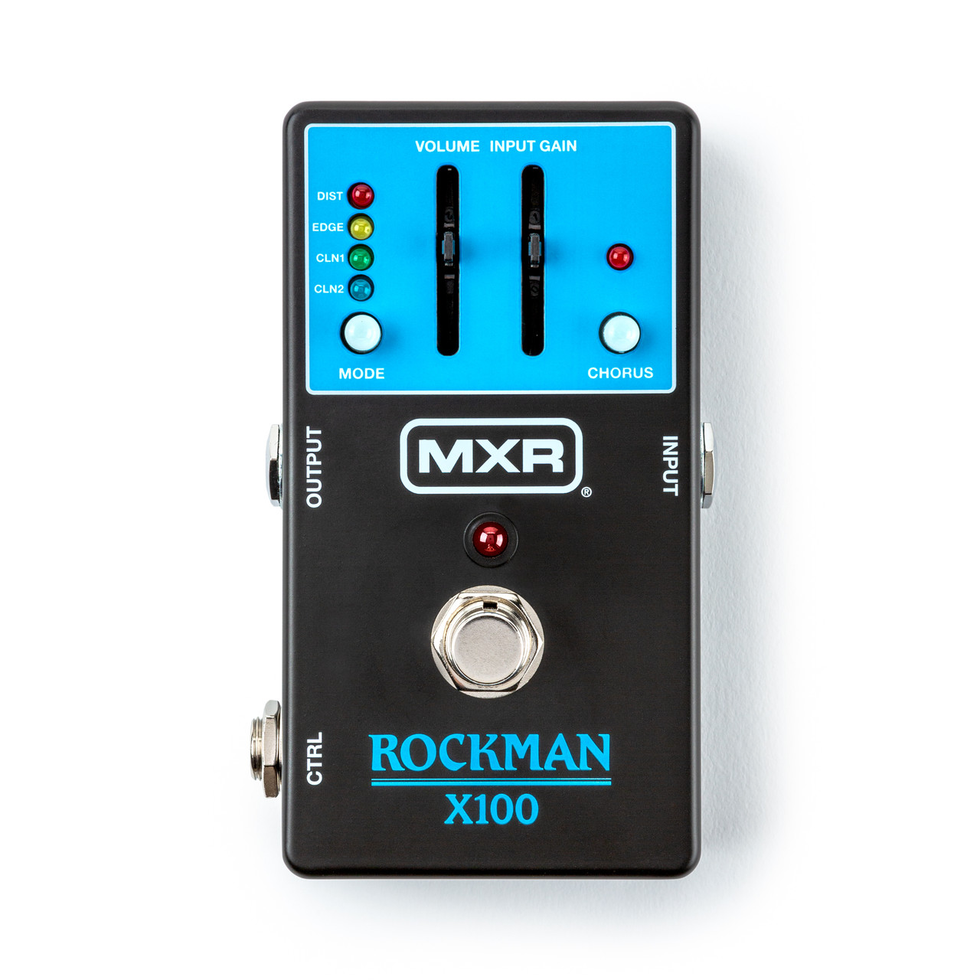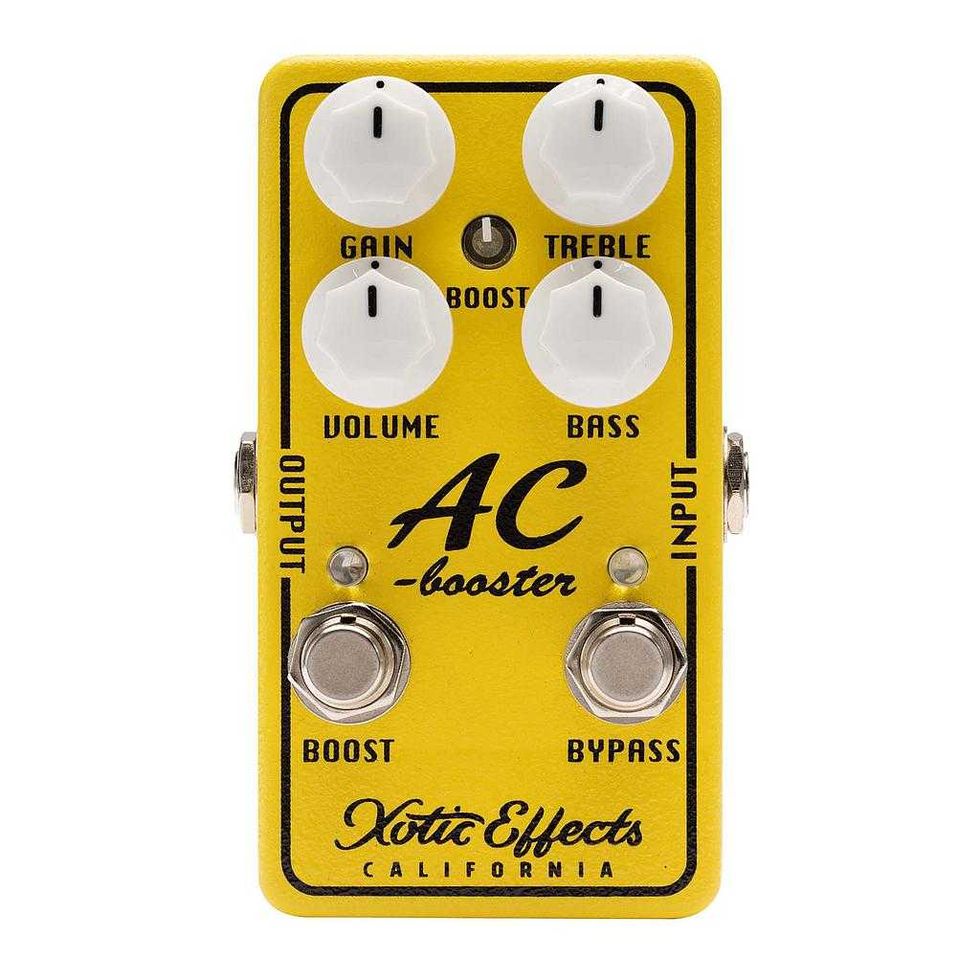You could WIN My Evil Twin from Mayfly Audio Systems in today's Stompboxtober Giveaway!
My Evil Twin

Up to one second delay with pitch-shifting modulation. And that modulation! Pitch shifting modulation on the repeats which makes those delays sound MASSIVE! And the modulation is foot-switchable: leave it on for those big clean chords, and turn it off when you kick in the overdrive for that crushing solo.
- Repeats controllable from one to infinite.
- Mix control to perfectly dial in the amount of effect.
- Tone control to adjust the tone of the delayed signal from a hard bright room to a soft dark room.
- Foot-switchable pitch shifting modulation with Speed and Intensity controls.
- Full bypass wth fail-safe relay control; the effect is automatically bypassed if the pedalboard looses power.
- 9V DC input.
Mayfly Effects
$230














![Rig Rundown: AFI [2025]](https://www.premierguitar.com/media-library/youtube.jpg?id=62064741&width=1245&height=700&quality=70&coordinates=0%2C0%2C0%2C0)







